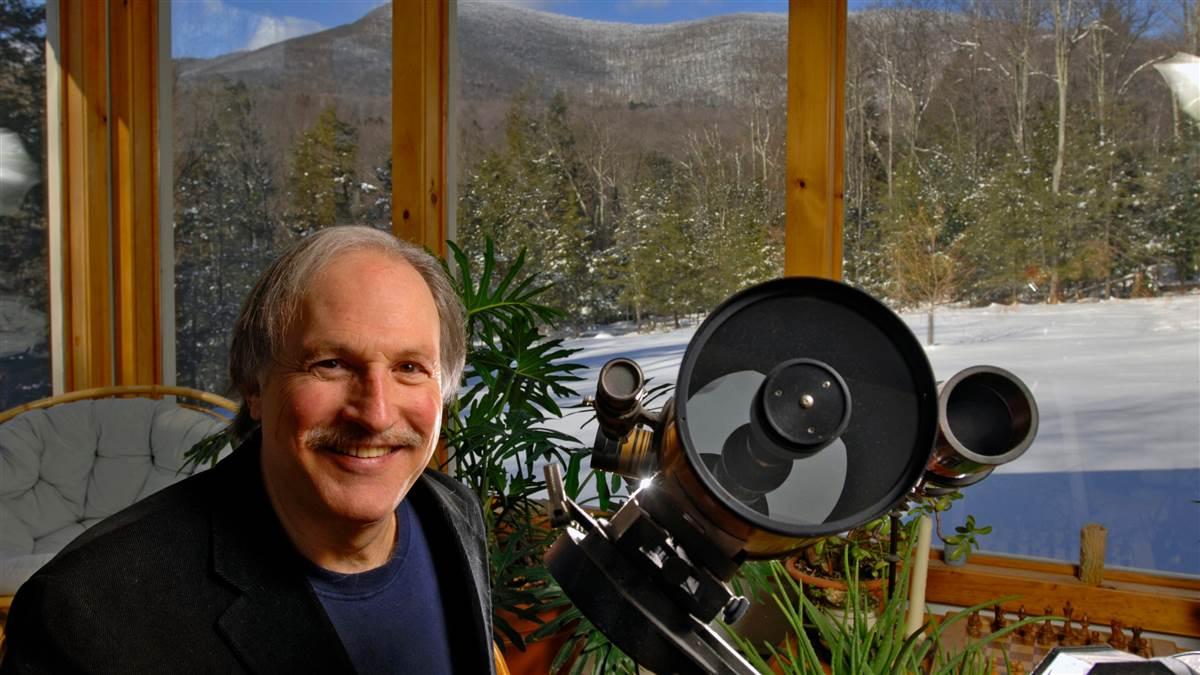Debrief: Bob Berman
Stargazer extraordinaire

Who: Bob Berman
Occupation: Stargazer
Hours: More than 2,000
Berman's astronomy tour participants gaze at solar eclipses, the northern lights, and more.
Photo by Philip Kamrass
Humble beginnings… I started training in the early 1970s at a government of India flying school. We flew Aeroncas, and I had a sadistic flight instructor who demonstrated a spin on the second lesson. I completed training in 1985 in Kingston, New York. My first astronomy book, Secrets of the Night Sky, enabled me to buy my own airplane, which I still have today.
A knack for numbers… Since I’m math-savvy, I believe in statistics. So when I read the Nall Report I believe what they say about the most dangerous kinds of flying, such as single-pilot IMC. That makes me conservative about weather. What’s less scientific are my own tendencies. I hate waste, so I know that if I had my instrument rating I’d want to use it. I might be tempted to go up into the soup marginally current—which is all I have time for—and I don’t think that would be safe.
Going beyond the requirements…What I do instead is periodic instrument work with flight instructors. On my last flight review we also explored the “impossible turn”—to see if you can return to the runway if the engine fails on takeoff. We looked at the altitude loss with 45-degree banks, as opposed to 30 or less.
Science applied… I’m an astronomer, so I’m used to looking up. I take groups out to look at the sky, and flying ties in beautifully with that. Observing nature is something pilots do a lot. After a while you become almost one with meteorological phenomena.
The bigger picture… The sky and the stars help you know your place. Nature is bigger than you are, and you can’t be arrogant as a pilot. You may feel very connected to the sky, but sometimes you get surprised. Everything tells you it’s going to be smooth, and it’s bumpy. You say to yourself, Where is this turbulence coming from? Where is this turbulence coming from? There are times when you have to throw out the intellect and trust your instincts.
Advice for students… The V in VFR is “visual”—and that’s the one you must be sure to maintain. As a VFR pilot, my closest calls always happened when I either lost the horizon or couldn’t see where I was flying. The legal three miles of visibility is sometimes not enough to provide a usable horizon, and you can get in trouble. At night, be extra sure where you are before you bring the airplane down from your cruising altitude.


